Jul 04, Kathmandu- The seven decades long history and development of the Traffic Police, which is a specialized unit of the Nepal Police, has been made public through photographs. Inspector General of Police Basant Bahadur Kunwar released the 'Traffic Police Mirror' in a program organized by the Kathmandu Valley Traffic Police Office here today.
The book contains a collection of historical activities related to road transport and traffic police in Nepal. In the book, the history, development, uniform change, cavalry police, road safety program and the various activities carried out so far are presented in photographs.
There is a history of traffic management through Ramdal in the year 2007 when vehicles were first introduced in Nepal. Officially, the traffic police was started in the year 2009 under the name of 'Traffic Police Detachment'. It is hoped that the book will further support the development of the traffic police, the subsequent important campaigns and activities, the role of the main stakeholders in road management, coordination and cooperation.
The book was edited by Deputy Superintendents of Police Chandra Bahadur Thapa, Rabin Karki and Suniljung Shah and Police Inspectors Jitesh Dahal and Shekharjung Mall under the leadership of Traffic Police Senior Superintendent Jeevan Kumar Shrestha. The Kathmandu Valley Traffic Police Office said that the book was published because the traffic police's institutional records are not effective and important history is about to disappear.
Inspector General of Police Kunwar expressed his belief that only targeted activities based on the latest thinking will enhance professionalism as well as effectiveness in the overall security management and instructed to improve the operations of the traffic police through training, monitoring, supervision and modification to make them more people-oriented.
"Due to the conduct, behavior and unprofessional activities of some members, all meaningful efforts have been overshadowed. Despite the risks and challenging operations, the entire organization has to stand in the circle of public grievances", said Inspector General Kunwar. He thanked the traffic police for their assistance in road management and passenger safety by making maximum use of available resources and means.
Inspector General of Police Kunwar said that it is commendable to publish a prepared book covering the history and development of traffic police as well as the efforts made in road safety and traffic management. He expressed his belief that this publication, which includes the history of the traffic police, the changes since its inception, the activities and traffic activities, will serve as follow-up material.
Deputy Inspector General of Police, Pokharaj Pokharel, Chief of Kathmandu Valley Traffic Police Office, expressed his belief that the book will be an important reference material to understand and study the history, current and future environment of traffic police. With increasing urbanization and the number of vehicles that have increased in proportion to population density, the task of protecting the livelihood of citizens through traffic management is becoming challenging amid limited roads and lack of infrastructure.
By the financial year 2079/80, more than 1.8 million vehicles were registered in Kathmandu Valley and it is estimated that about 1.4 million vehicles ply on the roads of the valley every day.
There are 1,113 traffic posts in Kathmandu, 67 percent more than that, i.e. 1,866 human resources have been deployed in traffic management.
The Traffic Police has been carrying out special plans for road improvement, public awareness raising and accident reduction. There are statistics that there are about 10,000 minor road accidents in the valley every year. About 200 people died and more than 8000 were injured in those accidents.
In order to reduce accidents by discouraging driving under the influence of alcohol (Mapse) and drugs (Lapse), the traffic police has intensified the Mapse and Lapse check.
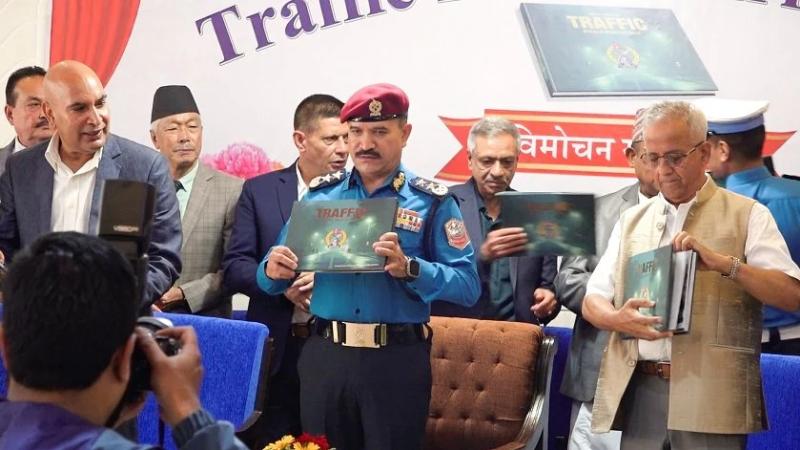

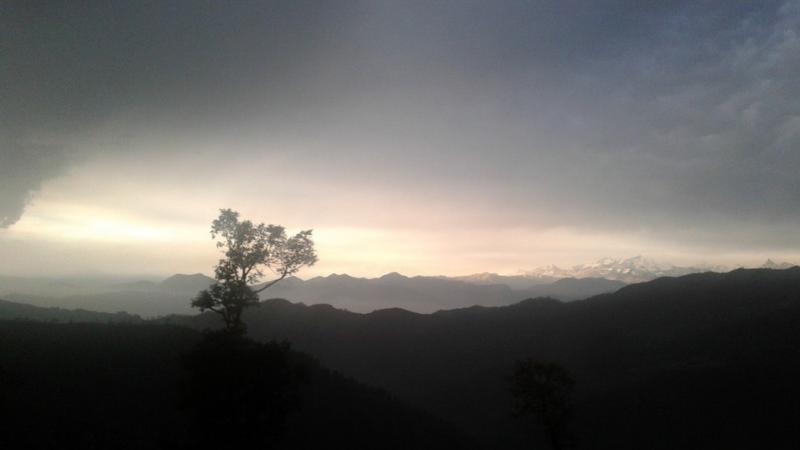
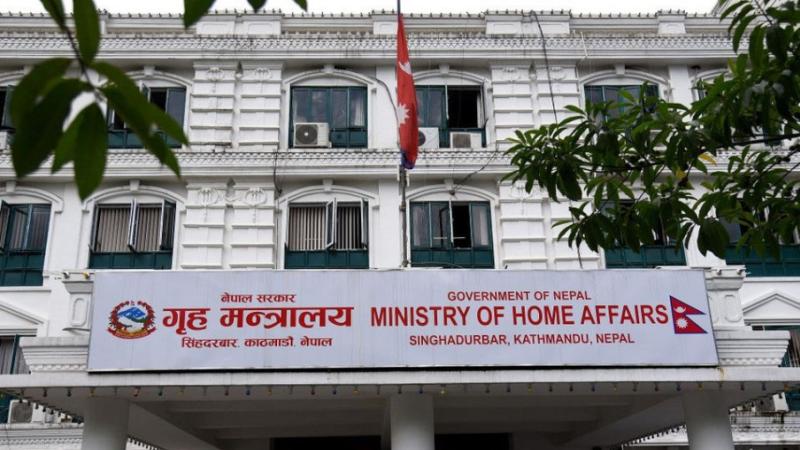
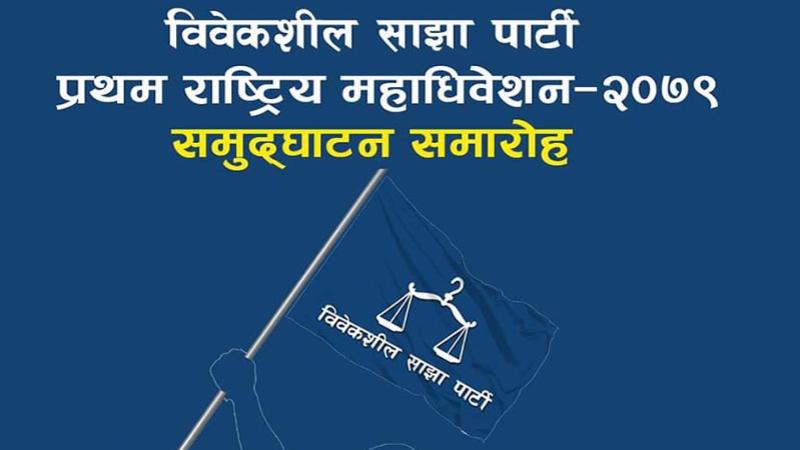
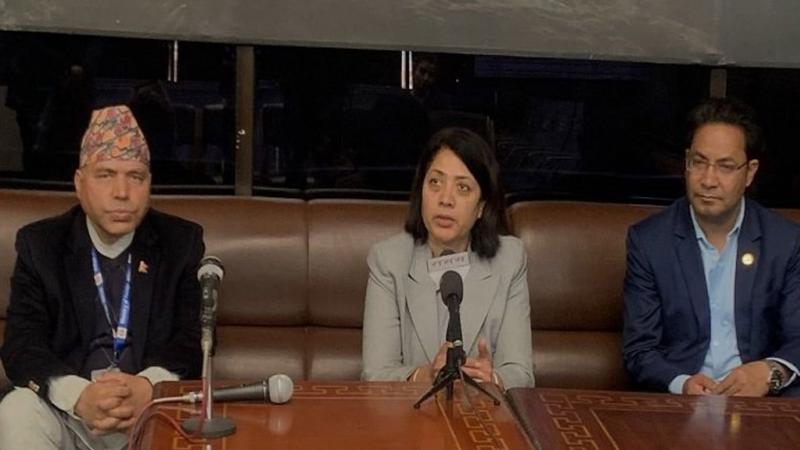

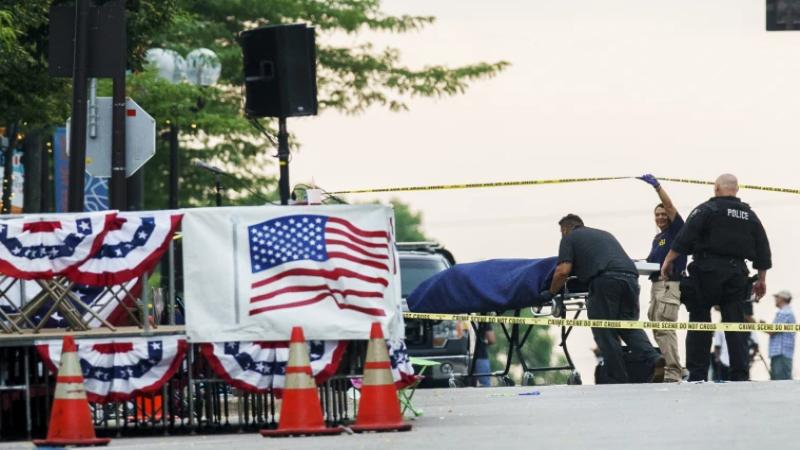

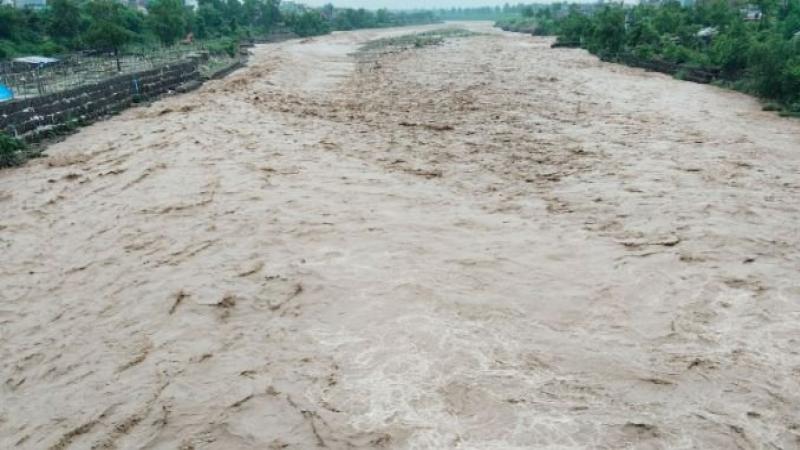

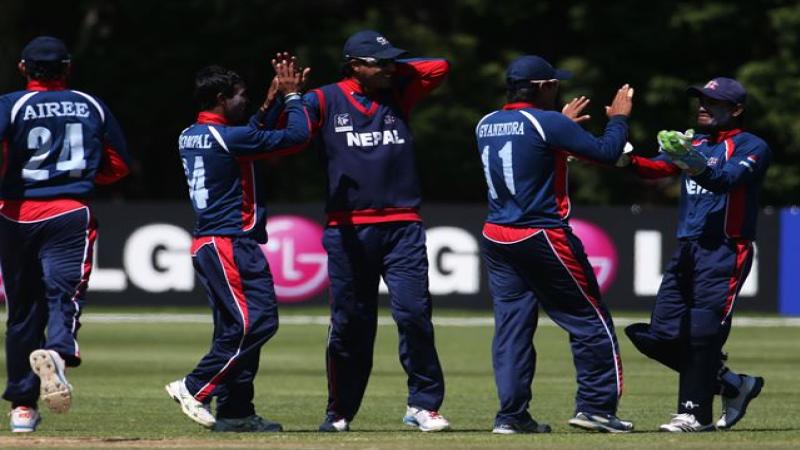

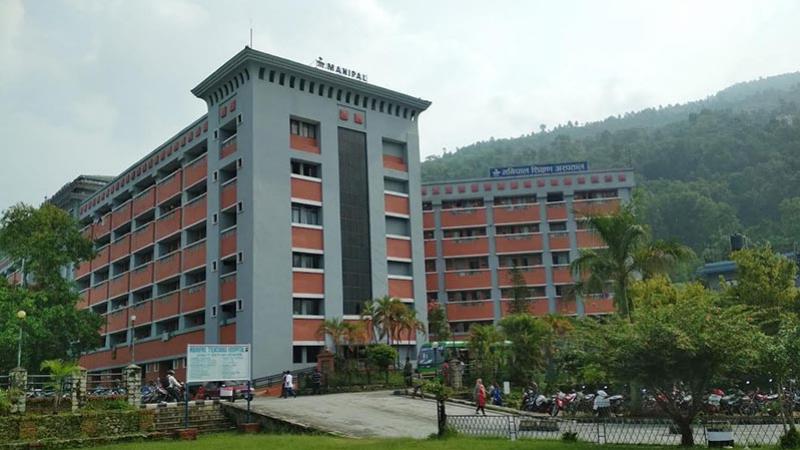




 Indian Rupee
Indian Rupee U.S. Dollar
U.S. Dollar European Euro
European Euro UK Pound Sterling
UK Pound Sterling Swiss Franc
Swiss Franc Australian Dollar
Australian Dollar Canadian Dollar
Canadian Dollar Singapore Dollar
Singapore Dollar Japanese Yen
Japanese Yen Chinese Yuan
Chinese Yuan Saudi Arabian Riyal
Saudi Arabian Riyal Qatari Riyal
Qatari Riyal Thai Baht
Thai Baht UAE Dirham
UAE Dirham Malaysian Ringgit
Malaysian Ringgit South Korean Won
South Korean Won Swedish Kroner
Swedish Kroner Danish Kroner
Danish Kroner Hong Kong Dollar
Hong Kong Dollar Kuwaity Dinar
Kuwaity Dinar Bahrain Dinar
Bahrain Dinar